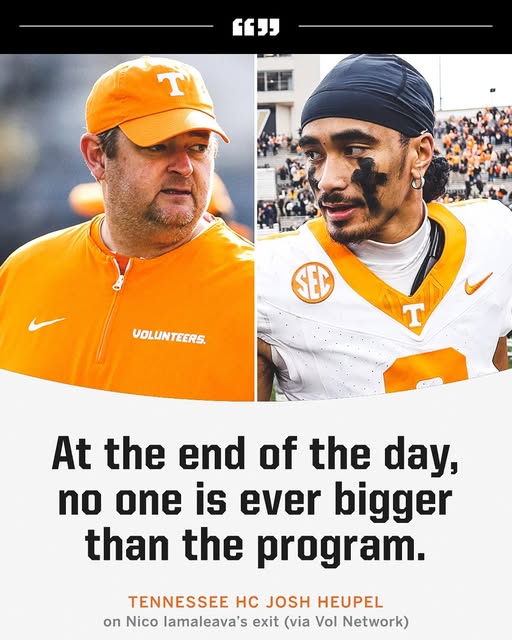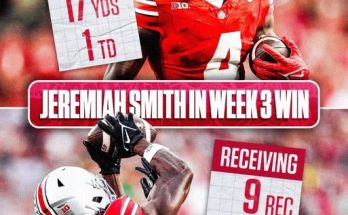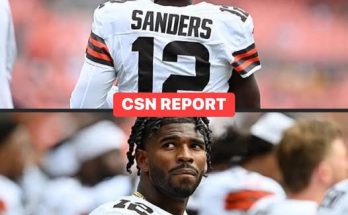The game of college football, once a bastion of tradition, camaraderie, and unbridled passion, finds itself in the midst of a profound transformation. In recent years, the sport has experienced a seismic shift, particularly in the realm of athlete compensation. The introduction of Name, Image, and Likeness (NIL) deals and the evolving landscape of pay-for-play have fundamentally altered the relationship between athletes, universities, and fans. While these changes undoubtedly benefit players financially, they also raise questions about what is being lost in the process—the very soul of college football.
College football, at its heart, has always been about more than just winning games. It has been about school pride, community identity, and the opportunity for young athletes to prove themselves on the grandest stage. The roar of the crowd on a Saturday afternoon, the band playing the fight song, and the excitement of a last-second touchdown are all woven into the rich tapestry of tradition that has defined the sport for over a century. But as money has entered the equation in ways previously unimaginable, the purity of that experience is starting to fade.
The implementation of NIL deals, allowing athletes to profit off their name, image, and likeness, was hailed as a necessary step toward compensating players who bring in billions of dollars to their universities and athletic departments. For decades, college athletes operated under a system that denied them financial compensation beyond scholarships, despite the massive revenue generated by football programs. The landmark Supreme Court decision in 2021, which opened the door for NIL opportunities, was celebrated as a victory for fairness and player rights. Players, who were once constrained by strict NCAA rules, could now sign endorsement deals, partner with companies, and profit from their fame.
On the surface, this shift seems like a natural evolution. After all, athletes in other sectors of society, such as the entertainment industry and professional sports, have long been able to monetize their talents. Why should college football players be any different? The argument for NIL is built on the notion that these young men and women should have the ability to capitalize on their marketability, especially when their athletic performances are driving television ratings, merchandise sales, and overall brand visibility for their universities.
However, beneath the surface of this seemingly progressive change lies a more complicated reality. The advent of NIL deals has created an environment where college football is increasingly viewed as a stepping stone to professional leagues rather than a part of a student-athlete’s academic journey. The idea of playing for the love of the game, for school pride, and for the honor of representing one’s alma mater is being replaced by a transactional, business-first mindset. Athletes, now empowered by their ability to negotiate deals, are finding themselves pulled in multiple directions, often with financial interests taking precedence over team loyalty or school spirit.
The problem is not necessarily that players are getting paid, but that the nature of their involvement in college football is shifting toward a purely financial relationship. Schools and boosters now openly compete to offer athletes the most lucrative NIL opportunities, turning recruiting into a high-stakes auction rather than a pursuit of young talent. Coaches are being forced to navigate a new era where retaining star players requires not only a strong team dynamic and a winning culture but also the financial resources to keep them from jumping ship to the highest bidder. The allure of playing for a prestigious program or a passionate fanbase is now rivaled, if not overshadowed, by the appeal of a lucrative contract and the potential for fame and fortune.
What happens when college football becomes just another business transaction, when players are seen as commodities to be bought and sold? It is hard to ignore the possibility that the game will lose its soul. College football, unlike professional leagues, is supposed to be about more than just the bottom line. It is about student-athletes pursuing their dreams while simultaneously earning an education that will set them up for success in life beyond the field. It is about the underdog team from a small school knocking off a powerhouse, about the player who struggles in obscurity before having a breakout year that propels him to stardom. It is about the sense of community that comes with being part of a team, representing a university, and forging lifelong memories with classmates, alumni, and fans.
But in the age of NIL and pay-for-play, these elements are starting to feel less important. Players now have a financial incentive to leave programs at the first sign of trouble, whether that be a coaching change, a decline in team performance, or simply a more lucrative offer elsewhere. The transfer portal, another product of this new era, has created a sense of instability within programs as athletes move freely from one school to another in search of better opportunities. The loyalty that once defined college football is eroding, replaced by a more transactional mindset where players are looking out for their financial futures rather than their commitment to a team or a school.
The influx of money has also shifted the priorities of university athletic departments. Schools are now under pressure to not only win championships but to maximize their revenue potential. The fan experience, once centered around supporting a team through thick and thin, is becoming increasingly commercialized. College football games are big business, with advertising deals, sponsorships, and media rights contracts making up a significant portion of a program’s budget. The focus on making money has overshadowed the core mission of college athletics—providing a platform for young athletes to grow and succeed both on and off the field.
At the same time, the athletes themselves are grappling with a new reality where their worth is tied to their ability to generate revenue. For some players, NIL deals can provide life-changing amounts of money. But this newfound wealth also brings its own set of challenges. Athletes, many of whom are still in their teens or early twenties, are now managing complex financial portfolios, often with little guidance or experience. The pressure to perform on the field while simultaneously juggling endorsement deals, social media followings, and personal branding efforts can be overwhelming. For some, the constant spotlight and the financial stakes can take away from the joy of playing the game and the camaraderie of being part of a team.
As the business side of college football continues to grow, it is important to consider what is being sacrificed in the process. The traditional values of the sport—loyalty, teamwork, school pride—are becoming harder to find in a world where athletes are increasingly incentivized to chase the highest bidder. The sense of community that once defined college football, where fans felt a deep connection to their teams and players, is being replaced by a more transactional relationship, where athletes are seen less as representatives of a university and more as independent contractors. As this shift continues, it remains to be seen what, if anything, can be done to preserve the soul of the game.
There is no easy answer to the question of how to balance the financial realities of modern college football with the ideals that have made the sport so special. Perhaps it is unrealistic to expect college athletics to remain untouched by the forces of commercialization. However, as NIL deals and pay-for-play continue to shape the landscape of college football, it is worth reflecting on the things that truly matter in the game—the passion of the players, the loyalty of the fans, and the sense of pride that comes with representing a school and a community. If the sport loses sight of these values in pursuit of financial gain, the true spirit of college football may be lost forever.
In the end, college football will likely continue to evolve, and athletes will undoubtedly benefit from the opportunities that come with NIL and pay-for-play. But as we look toward the future of the sport, we must ask ourselves: What kind of game do we want to preserve? One driven by business and transactions, or one that continues to capture the hearts of fans with its tradition, its passion, and its sense of community? Only time will tell whether the soul of college football can survive in the age of pay-for-play.



